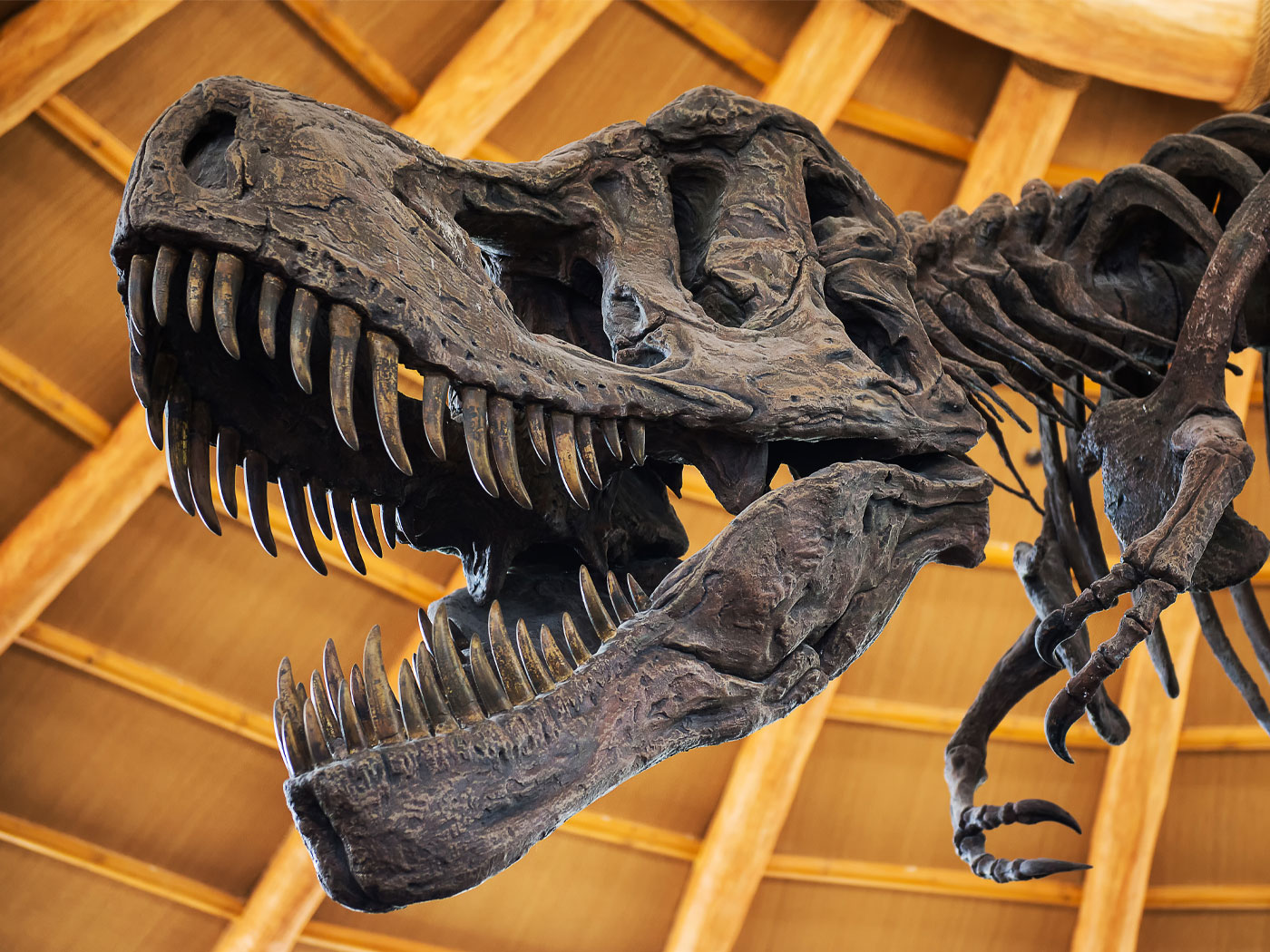The beginning of modern-style plate tectonics is another unsolved mystery in uniformitarian geology. No secular geologist seems to have a good answer. Some have even speculated that massive meteorites or large mantle plumes could have started the plates moving, but there is little physical evidence to support either.1
Recently, another attempt was made to solve this mystery. A new study published in Science Advances has suggested that plate motion may have begun even earlier than first believed: in part of the Precambrian called the Archean.2
The uniformitarian authors said, “While plate tectonics have characterized Earth’s geodynamics in recent geologic time, it is unknown whether long-range horizontal motion of lithospheric plates occurred before ~2.7 Ga.”2
To try and solve this mystery, Alec Brenner of Harvard University, and colleagues from several institutions across the U.S.A., studied a basalt flow claimed to be 3.2 billion years old from the East Pilbara Craton in Western Australia. Cratons are claimed to be the oldest remnants of continental crust.2
The scientists gathered 235 oriented cores from two sites where the basalt was exposed.2 They used an instrument called a quantum diamond microscope, which allowed them to track subtle changes in the orientation of magnetic minerals.1 These minerals serve as miniature compasses and lock in the earth’s magnetic field at the time of cooling.
By studying the orientation of the magnetic minerals, they concluded that the crust was likely moving during the formation of the lavas that make up the basalt rocks. Carolyn Gramling of Science News reported,
Secular scientists still aren’t sure when or how modern-style plate tectonics began. The present study merely indicates some motion was likely occurring at the time these rocks cooled. However, these same changes in magnetic orientation could also be explained by a shift in earth’s magnetic poles, with no physical plate motion at all.
“We know too little to answer this question with confidence,” said Stephan Sobolev of the University of Potsdam in Germany, who was not involved in the recent study.1
Many creation geologists think that true plate motion began at the onset of the Flood following the bursting of the fountains of the great deep (Genesis 7:11).3 This likely created the tectonic plates and caused them to begin to move. Creation scientists also disagree with the claimed 3.2 billion year-old date for the basalt rocks in Australia, knowing that radioisotope dates are fraught with assumptions and speculation.4
The evidence that there was a global Flood that occurred about 4500 years ago continues to mount.3 There is no mystery about the beginning of plate tectonics. One just has to examine the rock data and believe God’s Word as truth.
Stage image: Artist's interpretation of Earth's interior.
Stage image credit: Alec Brenner/Harvard University. Copyright © 2020. Adapted for use in accordance with federal copyright (fair use doctrine) law. Usage by ICR does not imply endorsement of copyright holders.
References
1. Gramling, C. 2020. Plate tectonics may have started 400 million years earlier than we thought. Science News. Posted on sciencenews.org April 22, 2020, accessed May 7, 2020.
2. Brenner, A., et al. 2020. Paleomagnetic evidence for modern-like plate motion velocities at 3.2 Ga. Science Advances. 6 (17): 8670. DOI: 10.1126/sciadv.aaz8670.
3. Clarey, T. 2020. Carved in Stone. Dallas, TX: Institute for Creation Research, 114-151.
4. Cupps, V. 2019. Rethinking Radiometric Dating. Dallas, TX: Institute for Creation Research.
*Dr. Clarey is Research Associate at the Institute for Creation Research and earned his doctorate in geology from Western Michigan University.











